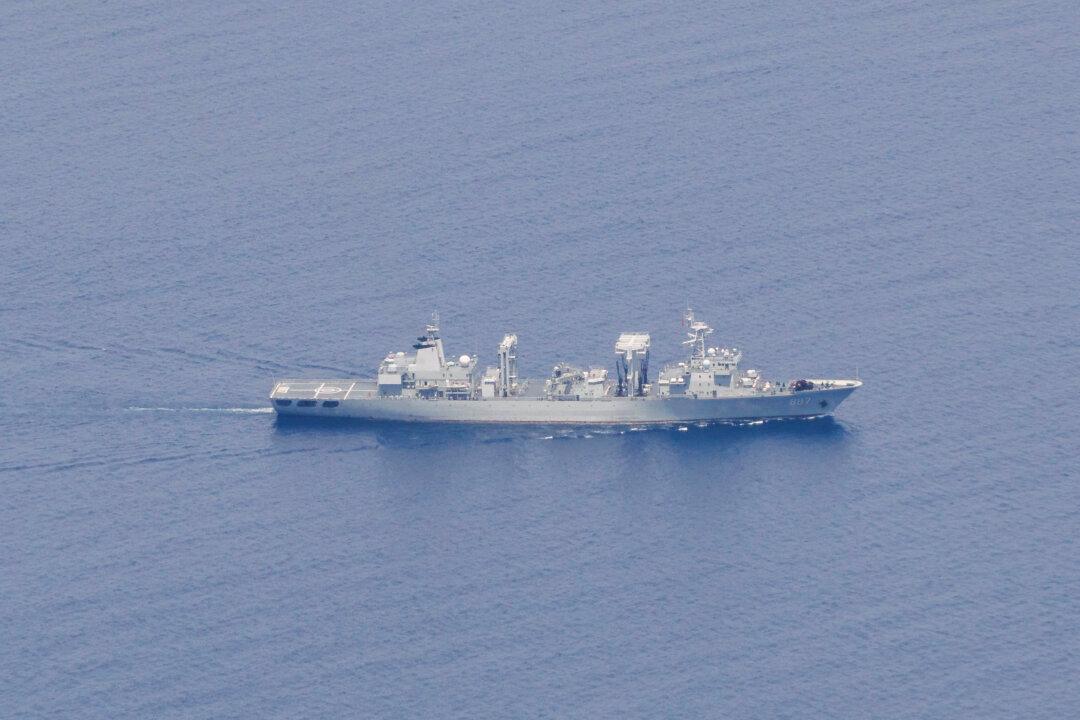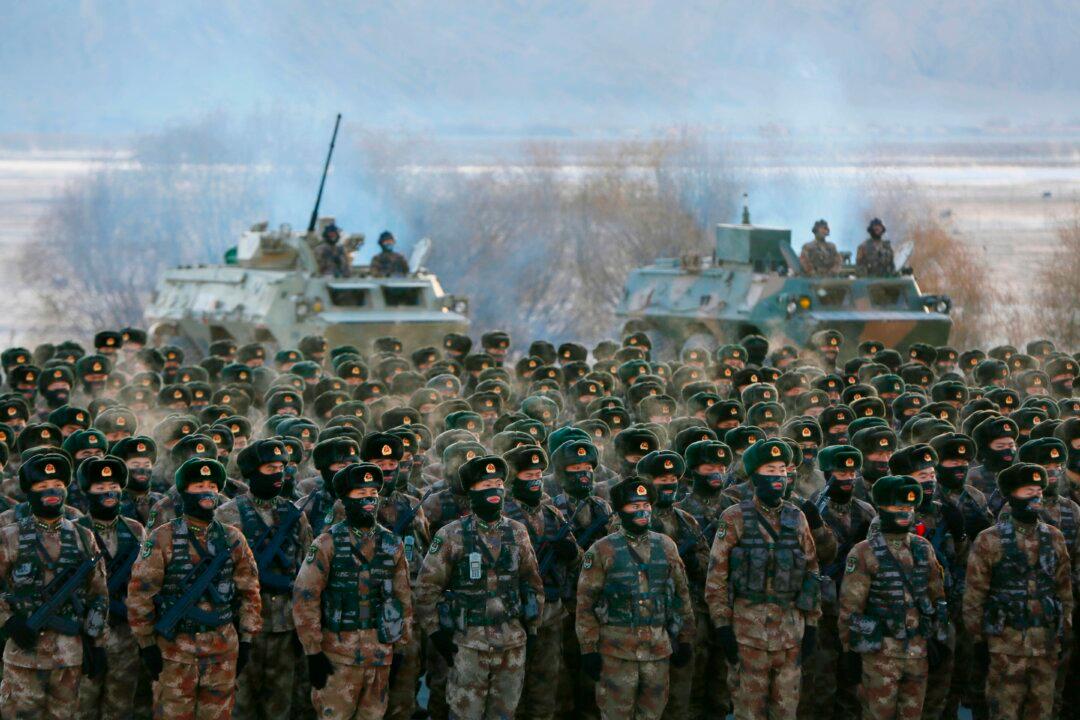The Trump administration’s policy on Taiwan and the dynamic between Taiwan and China remains unclear at this time. However, three key indicators have emerged that suggest the direction and tone of the administration’s intent.
These developments have received relatively little attention—except from the Chinese foreign ministry, which responded sharply. That reaction may be the most telling sign of all.
China Is Now Officially ‘China’
The U.S. State Department’s updated fact sheet titled “U.S. Relations With China” no longer uses the term “People’s Republic of China.” This change is notable. Naming conventions matter, and the Trump administration appears committed to rebranding major global designations.In response, Chinese foreign ministry spokesman Guo Jiakun accused the United States of “denigrating China’s foreign policy and advocating so-called strategic competition.”
The fact sheet states: “The United States will address its relationship with China under the principles of reciprocity and fairness. The United States works to deter China’s aggression, combat China’s unfair trade policies, counter China’s malicious cyber activity, end China’s global trafficking of fentanyl precursors, mitigate China’s manipulation of international organizations, and promote accountability for China’s violations of human rights within China and around the globe.”
US Stance on Taiwan’s Independence
For decades, U.S. policy traditionally included a statement with the phrase that it does not support Taiwan’s independence, in deference to the Three Communiqués. This language is now absent in the State Department’s fact sheet titled “U.S. Relations With Taiwan.”Beijing reacted even more strongly to this omission than it did to the naming issue. Zhu Fenglian, a spokesperson for China’s Taiwan Affairs Office, said the change “will only damage peace and stability in the Taiwan Strait.”
The fact sheet also includes a new statement with significant implications: The United States “will continue to support Taiwan’s meaningful participation in international organizations, including membership where applicable.” This suggests potential support for Taiwan’s inclusion in bodies such as the United Nations and the International Civil Aviation Organization (ICAO).
$1 Billion in Weapons for Taiwan Unfrozen
While many areas of U.S. foreign aid remain stalled by Department of Government Efficiency (DOGE) reviews or court proceedings, military aid to Taiwan has been prioritized and released. Nearly a quarter of this aid supports Command, Control, Communications, and Intelligence capabilities—most notably the Link 16 data link system, which enables Taiwanese weapons systems to communicate with U.S. and allied platforms.Commenting on this move, Chinese foreign ministry spokesman Lin Jian stated: “We are deeply concerned over relevant reports. China has all along opposed U.S. military assistance to China’s Taiwan region, which has severely violated the one-China principle and the three China–U.S. joint communiqués.”
Lin’s reference to the Three Communiqués underscores the growing divide in how the documents are interpreted. The Trump administration’s actions—reflected in fact sheets and aid decisions—are actively reshaping U.S. policy in the region.







